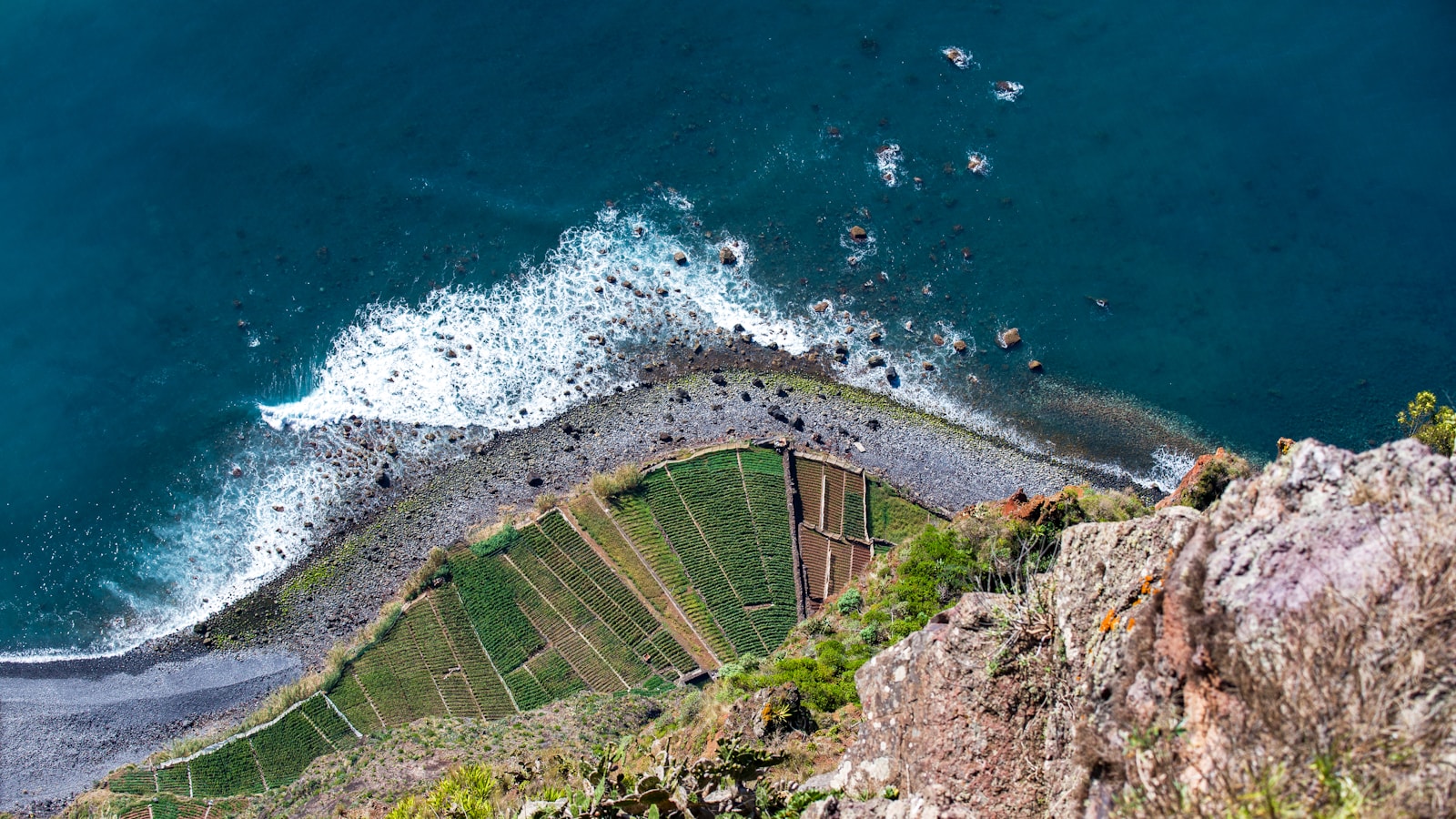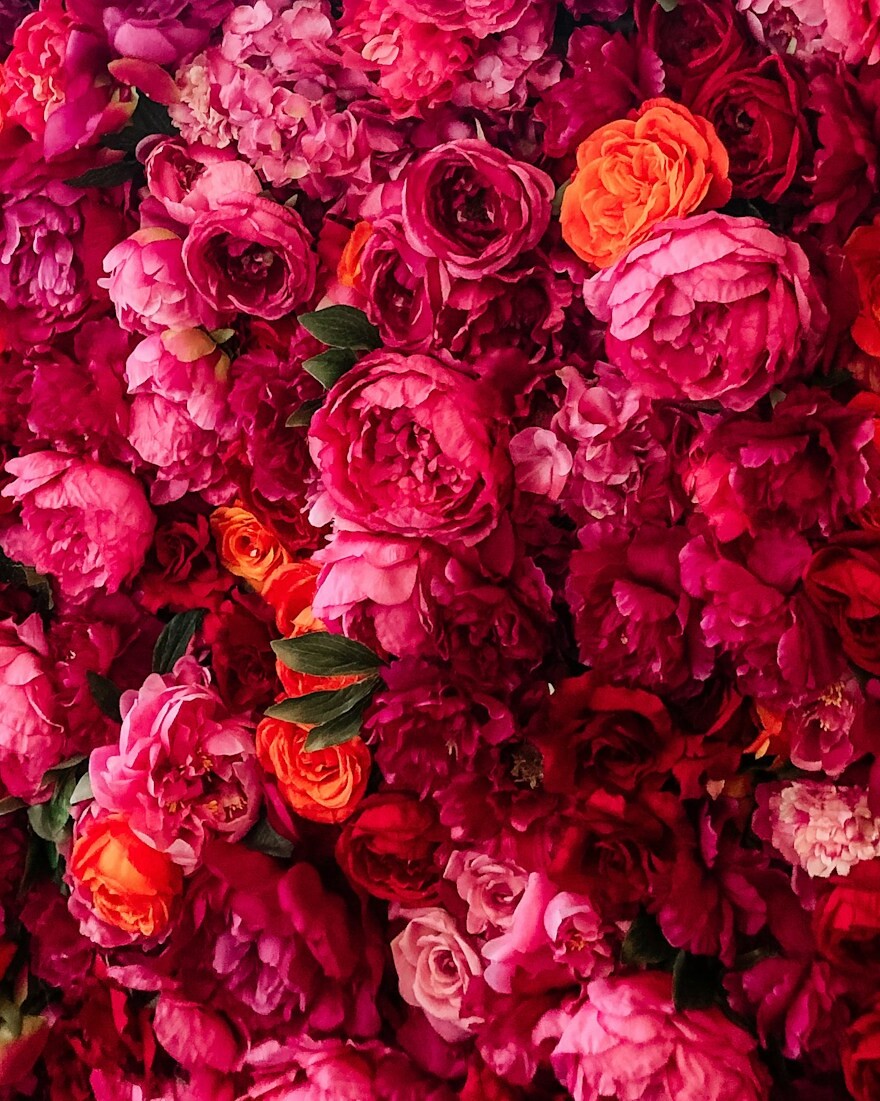
Why Every Wine Lover Should Visit Madeira
Madeira sits in the Atlantic like a small green fortress, halfway between Europe and Africa. It is technically Portuguese but feels like its own world. Steep cliffs drop straight into deep blue water, and narrow terraces of vines cling to the hillsides as though defying gravity. It looks dramatic enough before you even pour a glass, but for anyone who loves wine, this island is far more than a postcard. It is one of the most fascinating and resilient wine regions on earth.
Where Wine Meets Weather
Few places test grapes quite like Madeira. The climate is tropical and unpredictable, full of sun one moment and sea mist the next. Vineyards climb from sea level to more than 600 metres, which means a dozen microclimates in one afternoon. Yet out of this difficult environment comes a wine that has survived shipwrecks, centuries, and trends. Madeira wine is a story of adaptation, and it tastes like it.
The island’s producers make fortified wines that range from bone dry to dessert-sweet. They are heated gently during ageing, either in warm cellars or under the island’s fierce sunlight, which gives them a deep, nutty, caramelised character. No other wine in the world is made this way, and once opened, a bottle can last for months without losing its flavour. It is the definition of indestructible elegance.
A History Built on the Sea
Madeira’s fame began in the age of exploration. Ships from Portugal and England stopped here to stock up for long voyages, loading barrels of fortified wine as ballast. Those casks spent months sloshing around in hot ship holds, crossing the equator, and coming back transformed. The heat and motion created a richer, deeper flavour. When merchants tried to reproduce it on land, the technique became tradition. Even now, the best wines are aged in sun-warmed lofts called canteiros, where temperatures rise and fall naturally with the island’s weather.
That sea-borne history left its mark in another way too. Madeira became a fixture on British dining tables in the eighteenth and nineteenth centuries, celebrated by everyone from George Washington to Jane Austen. It was poured at royal banquets and colonial toasts, and though it later slipped out of fashion, the wine never disappeared. The island quietly kept making it, waiting for the world to rediscover what it had forgotten.
The Styles and What They Mean
Madeira wines are defined by the grape variety used and the level of sweetness. There are four noble grapes to remember:
- Sercial – crisp, dry, and citrus-led, ideal as an aperitif.
- Verdelho – medium dry, slightly nutty, with a savoury tang that works beautifully with seafood.
- Bual – richer and deeper, full of toffee and fig, the bridge between savoury and sweet.
- Malmsey (or Malvasia) – luscious, dark, and honeyed, often served at the end of a meal.
All Madeira wines share a mouth-watering acidity that stops them from feeling cloying. You can taste the island’s volcanic soil in that tension between sweetness and structure. It is one of the reasons why even a fifty-year-old Madeira can feel fresh rather than tired.
What to See and Where to Go
Funchal, the island’s capital, is the natural starting point. The narrow streets are full of tiled houses, tiny taverns, and wine lodges that smell of oak and sugar. The best known are Blandy’s, Henriques & Henriques, and Justino’s. Each offers tours and tastings that trace the journey from grape to glass. It is impossible not to be drawn in by the contrast of heat, humidity, and barrels quietly ageing in lofts open to the sea air.
Beyond the city, the island’s north coast is spectacular. Vineyards around São Vicente and Seixal grow in tiny patches between banana trees and volcanic rock. The drive itself is part of the experience, winding past waterfalls and cliffs. Stop anywhere and you will find small producers selling local fortifieds by the glass, usually alongside black scabbard fish, sweet potato, or slices of bolo do caco bread dripping with garlic butter.
Why It Matters Again
Madeira is having a quiet renaissance. As drinkers rediscover fortified wines, its balance of history, flavour, and durability makes it irresistible. It also fits how people drink today. You can open a bottle, pour a glass each evening, and it will taste exactly as good a month later. In an age of waste, that feels refreshingly sensible.
More chefs are rediscovering how versatile Madeira is with food. Dry Sercial cuts through oily fish and cheese. Verdelho lifts chicken or duck. Bual and Malmsey love chocolate, nuts, and caramel. You can build an entire meal around Madeira and never repeat a note.
When to Go
There is no bad time to visit. Spring brings flowers, summer is bright and hot, and autumn feels made for long lunches by the coast. Winter is mild, with enough warmth to sit outside and enough rain to turn the hills emerald again. The best part is that Madeira never feels crowded. Even in high season you can find quiet coves and empty trails within a short drive of the capital.
A Small Island with a Long Memory
What makes Madeira so compelling is that its story is still unfolding. The island that once fuelled empires now feels intimate and personal. The wines that once travelled the world are now enjoyed where they began. Standing in a vineyard that looks down on the Atlantic, it is hard not to feel a kind of awe. The same trade winds that carried those barrels centuries ago are still there, brushing the vines, reminding you that nothing in wine ever truly stands still.
If you are planning a wine trip this year, skip the obvious destinations and head for the island that turned adversity into art. Madeira is not just a place to taste. It is a place to understand why wine lasts, and why some traditions never need reinventing.




